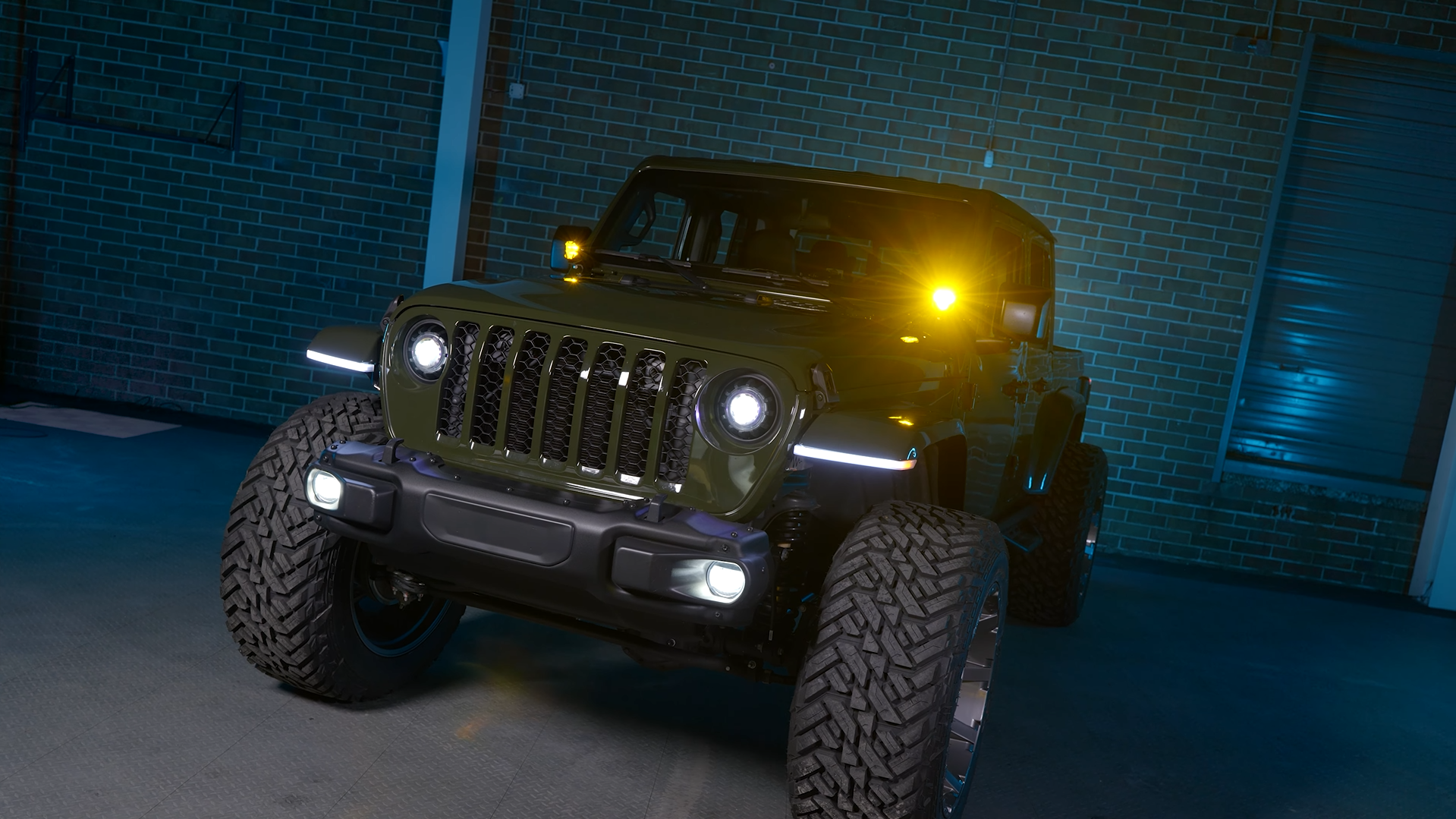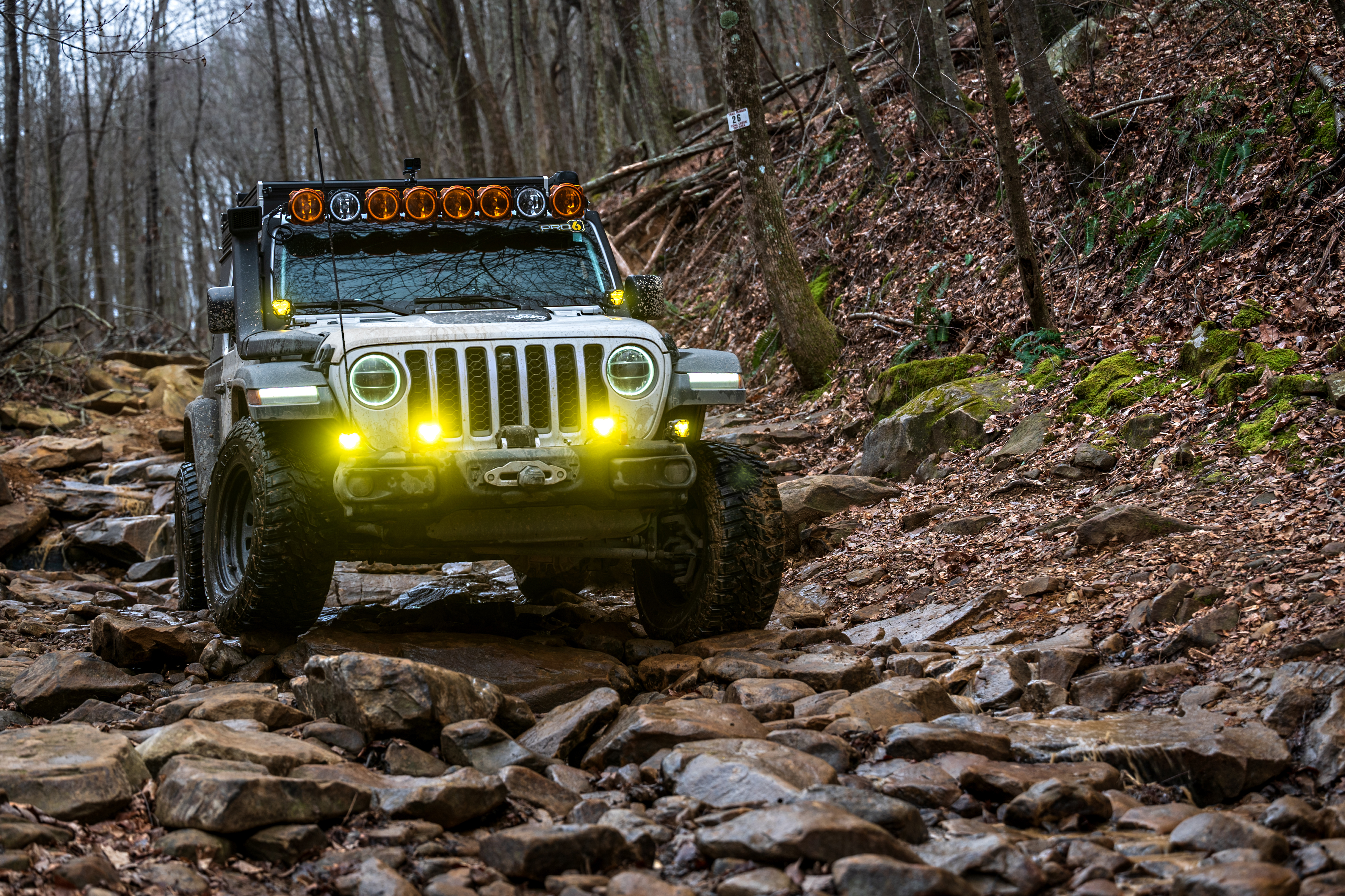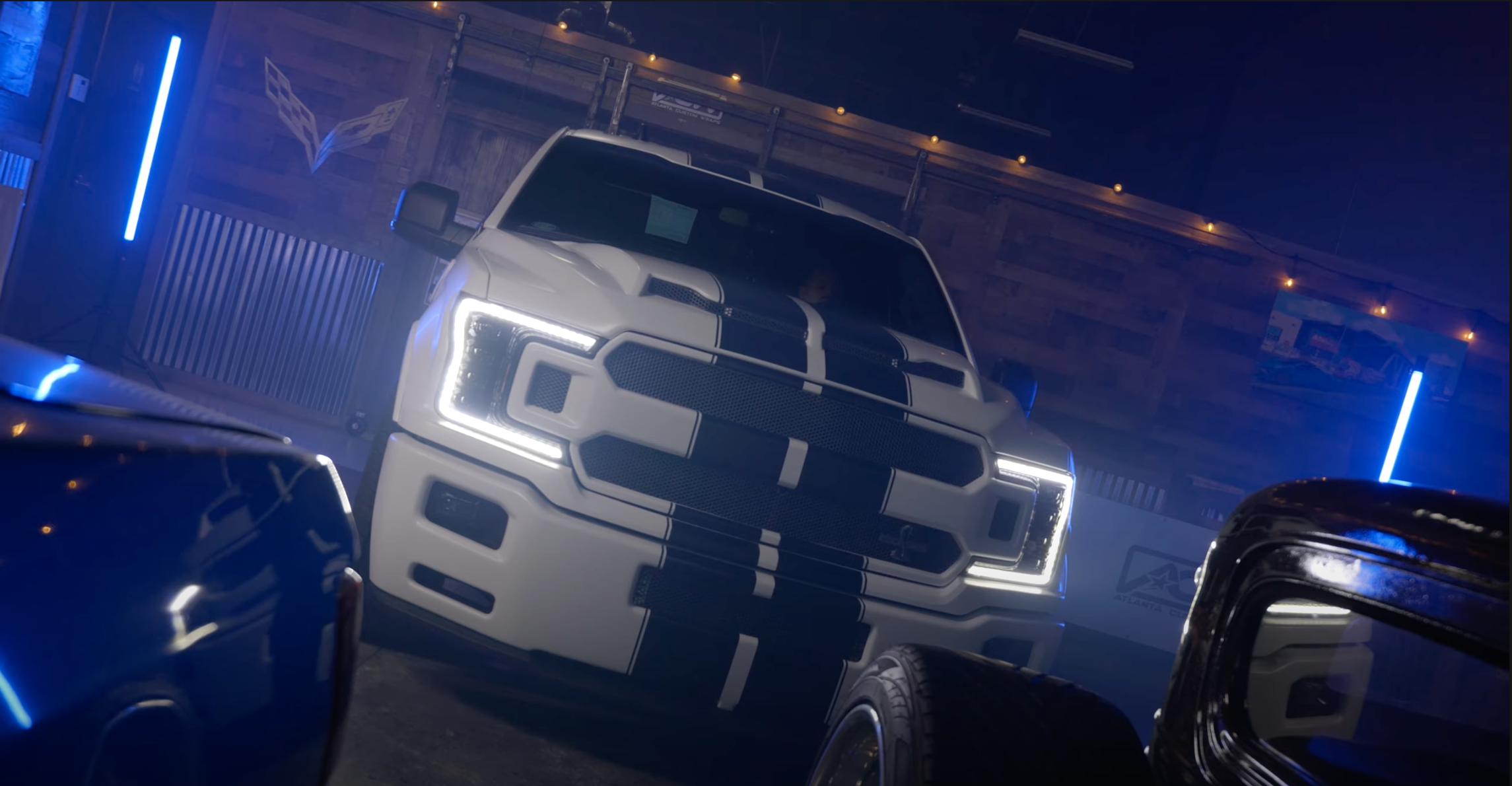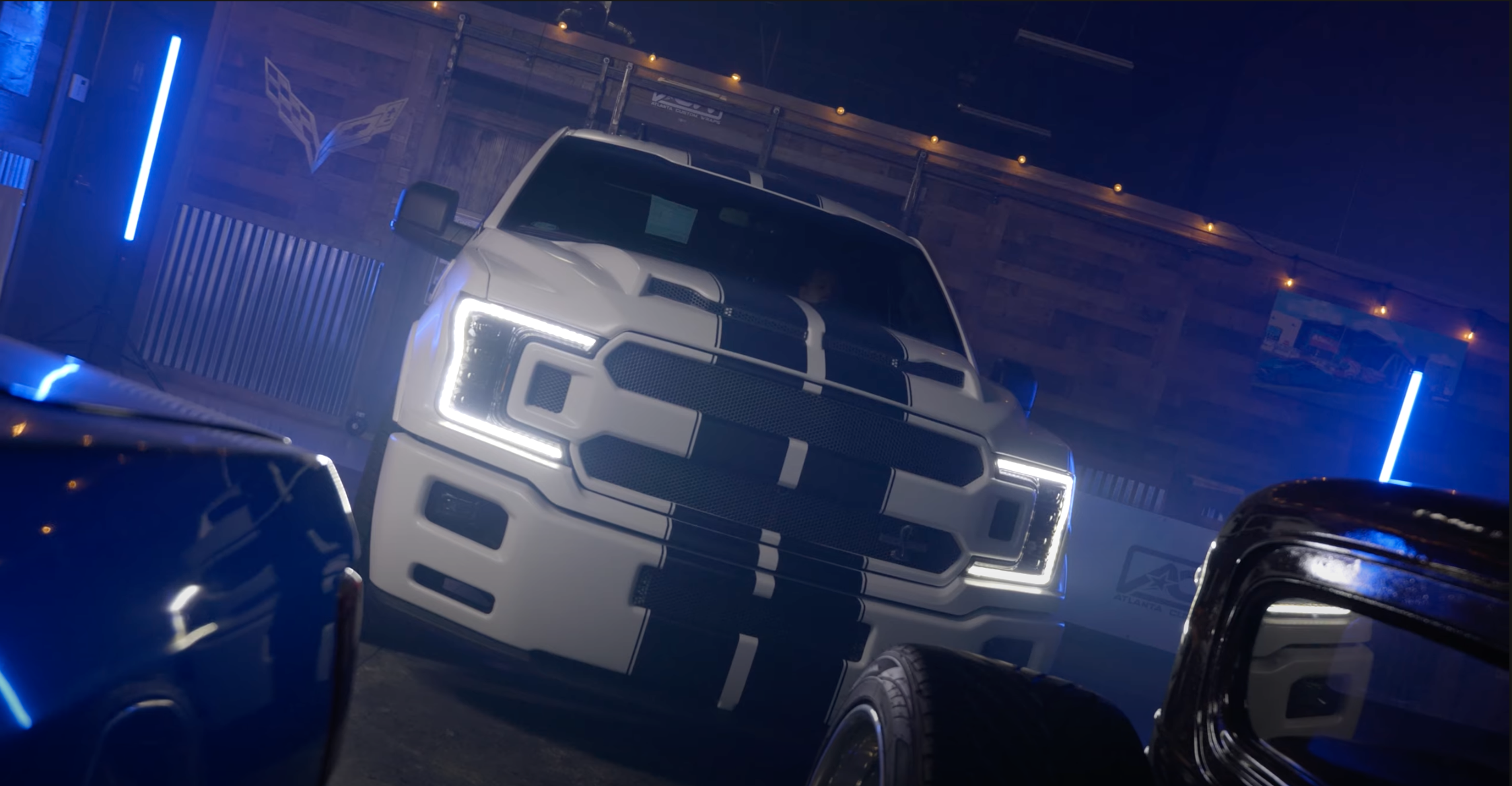Light bars are a popular aftermarket addition to vehicles, particularly for those who enjoy off-roading adventures. However, the legality of using light bars varies significantly from state to state.
This guide aims to provide a comprehensive overview of light bar laws across the United States, helping drivers adhere to local regulations and stay safe on the road. For more detailed information, please refer to the provided links for each state's legal information.
Alabama
Off-roading lights are limited to two glare-free cowl or fender lamps in Alabama.
Alaska
Vehicles are limited to four lights on the front, and no part of a high-intensity light can strike the road in Alaska.
Arizona
Lights greater than 300 candlepower (3,771 lumens) must be directed so that no part of the beam strikes the road 75 feet from the vehicle in Arizona.
Arkansas
Auxiliary driving lights are not permitted on public roads in Arkansas.
California
Off-road lights must be turned off and covered with an opaque cover when on public roadways in California.
Colorado
Auxiliary lights are limited to two, with beams directed to the left side less than 100 feet away from the vehicle in Colorado.
Connecticut
No more than four lights are allowed on the front of a vehicle, and they cannot exceed 300 candlepower (3,771 lumens) in Connecticut.
Delaware
Two spotlights and two headlights are allowed, but light bars must be turned off while on the road in Delaware.
D.C.
Lights greater than 300 candlepower (3,771 lumens) must be directed so that no part of the beam hits the road 75 feet away from the vehicle in D.C.
Florida
Only four lights are allowed in front of a vehicle, and they must adhere to existing light laws in Florida.
Georgia
Only one spotlight is allowed, which should not be aimed at any approaching vehicle. One "auxiliary driving light" is allowed but must be mounted between 16 and 42 inches from the ground in Georgia.
Hawaii
Lights cannot exceed 2,400 candlepower (30,168 lumens), and light bars must be turned off on roads in Hawaii.
Idaho
If any of the front lights have a light with greater than 300 candlepower (3,771 lumens), then only four lights are allowed in Idaho.
Illinois
No more than four lights on the front of a vehicle may be lit. All lights must be dimmable and aimed away from other drivers' eyes in Illinois.
Indiana
One auxiliary driving lamp is allowed, but must be mounted between 24 and 42 inches from the road's surface in Indiana.
Iowa
Any bright light must be directed away from the eyes of other drivers. Only three auxiliary driving lamps are allowed on a vehicle in Iowa.
Kansas
All lights must be directed so that no part of the high-intensity beam strikes the roadway more than 75 feet out from the vehicle in Kansas.
Kentucky
It is illegal to drive with LED light bars turned on in Kentucky.
Louisiana
It is illegal to drive with LED light bars turned on in Louisiana.
Maine
No auxiliary light can be brighter than the standard lighting equipment in Maine.
Maryland
No more than two auxiliary lamps are allowed, mounted between 16 and 42 inches above ground level in Maryland.
Massachusetts
It is illegal to drive with LED light bars turned on. Strict regulations apply to all aftermarket lighting in Massachusetts.
Michigan
No more than four forward-facing lights are allowed in Michigan.
Minnesota
Up to two auxiliary driving lamps are allowed, mounted between 16 and 42 inches above a level surface in Minnesota.
Mississippi
Two auxiliary driving lamps are allowed, but must be mounted between 12 and 42 inches above a level surface in Mississippi.
Missouri
Up to three auxiliary driving lamps are allowed, mounted between 12 and 42 inches above a level surface in Missouri.
Montana
Light bars may not be used on public roadways in Montana.
Nevada
Two auxiliary lamps are allowed, mounted between 16 and 42 inches above a level surface in Nevada.
New Hampshire
Up to three auxiliary driving lamps are allowed, mounted between 12 and 42 inches high in New Hampshire.
New Jersey
A light bar may be used as long as it is low profile and sits lower than the headlights in New Jersey.
New Mexico
One auxiliary driving lamp is allowed, mounted between 16 and 42 inches above the ground. It must be able to be turned off at least 500 feet from approaching vehicles in New Mexico.
New York
While not technically illegal, all auxiliary lights cannot exceed 32 candlepower (402 lumens). There are no light bars made with less than 32 candlepower in New York.
North Carolina
Light bars must be turned off while driving on public roads in North Carolina.
North Dakota
No part of the light can hit the ground 75 feet from the vehicle in North Dakota.
Ohio
No more than five front-facing lights are allowed. No high-intensity beam may strike the roadway 75 feet from the vehicle in Ohio.
Oklahoma
Off-road lights may not be used on roadways in Oklahoma.
Oregon
Off-road lights may only be used off-road in Oregon.
Pennsylvania
Off-road lights must be turned off and covered while on public roads in Pennsylvania.
Rhode Island
All lights with more than 300 candlepower (3,771 lumens) must be directed so they don't hit the roadway more than 75 feet in front of the vehicle in Rhode Island.
South Carolina
All lights with more than 300 candlepower (3,771 lumens) must be directed so they don't hit the roadway more than 75 feet in front of the vehicle in South Carolina.
South Dakota
All lights with more than 25 candlepower (314.25 lumens) must be directed so that no part of the beam hits the level surface 50 feet in front of a vehicle in South Dakota.
Tennessee
No more than two auxiliary lights are allowed, and no portion of the beam may be directed where it can strike oncoming drivers in Tennessee.
Texas
Two auxiliary driving lamps are permitted, but must be mounted between 16 and 42 inches above a level surface in Texas.
Utah
Any light with greater than 300 candlepower (3,771 lumens) must be directed so that no portion of the beam strikes the roadway in Utah.
Vermont
Aftermarket lights must be DOT approved in Vermont.
Virginia
Any lights mounted higher than factory headlights must be covered. You may have two uncovered lights in addition to headlights. Uncovered lights must be set to turn off if brights are turned on in Virginia.
Washington
Two auxiliary lights are allowed, but must be mounted between 16 and 42 inches off the ground in Washington.
West Virginia
All lamps mounted higher than 42 inches off the ground must be covered in West Virginia.
Wisconsin
No more than four forward-facing lights are allowed in Wisconsin.
Wyoming
Light bars are not legal on public roadways in Wyoming.
Remember, when using them on your vehicle, it's essential to be aware of your state's specific light bar laws and regulations. Make sure to follow the guidelines provided by your state to ensure your safety and the safety of other drivers on the road. Always check for updated information, as regulations may change over time.








.png?width=300&height=87&name=logo%20(1).png)